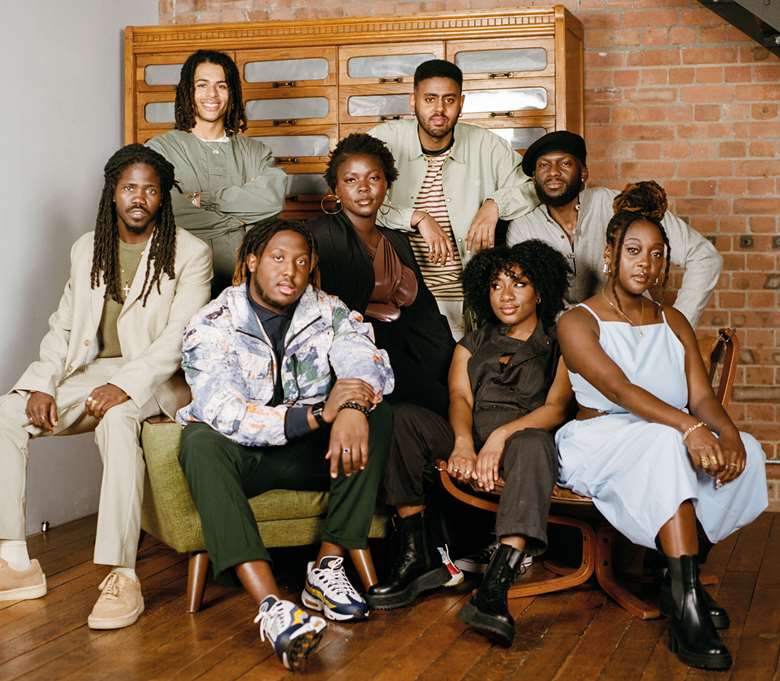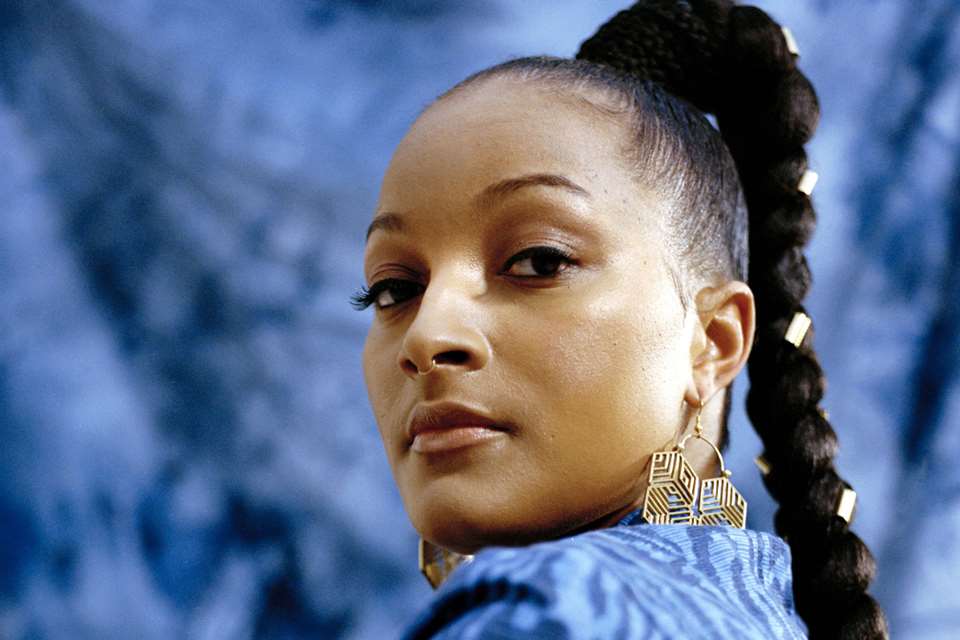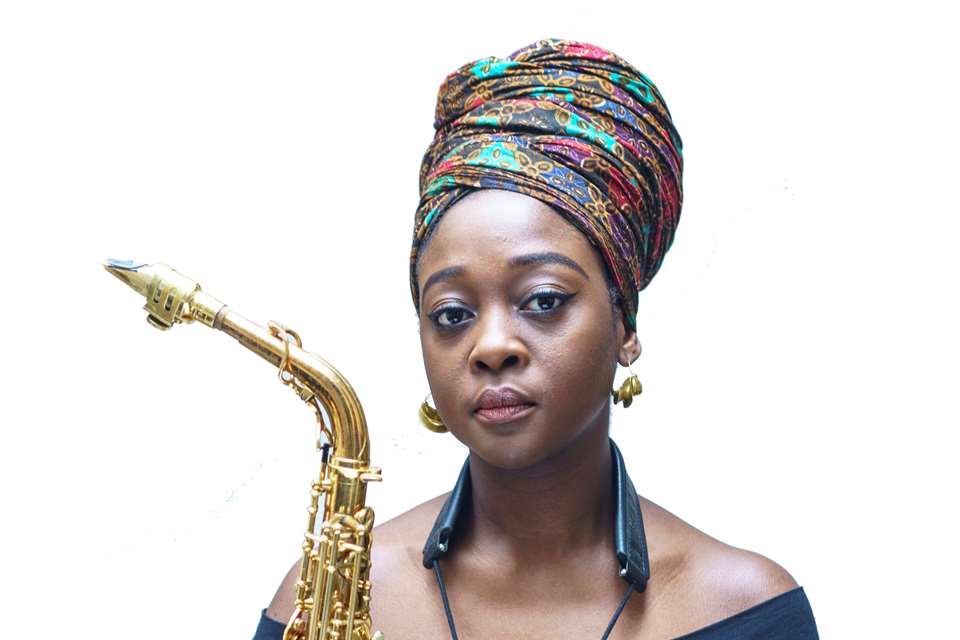Kokoroko: Stronger Together
Jane Cornwell
Friday, September 2, 2022
As their long-delayed debut album, Could We Be More, is released, Jane Cornwell speaks to trumpeter Sheila Maurice-Gray and percussionist Onome Edgeworth, to uncover the earthy roots of Kokoroko’s transcendent sound


Register now to continue reading

Thank you for visiting Jazzwise.co.uk. Sign up for a free account today to enjoy the following benefits:
- Free access to 3 subscriber-only articles per month
- Unlimited access to our news, live reviews and artist pages
- Free email newsletter

